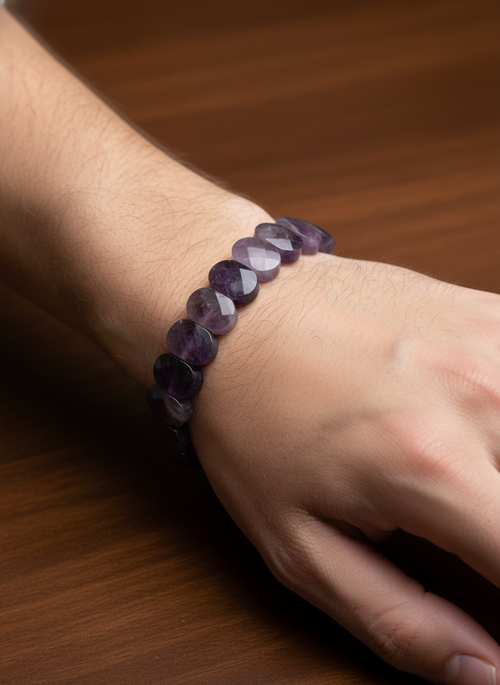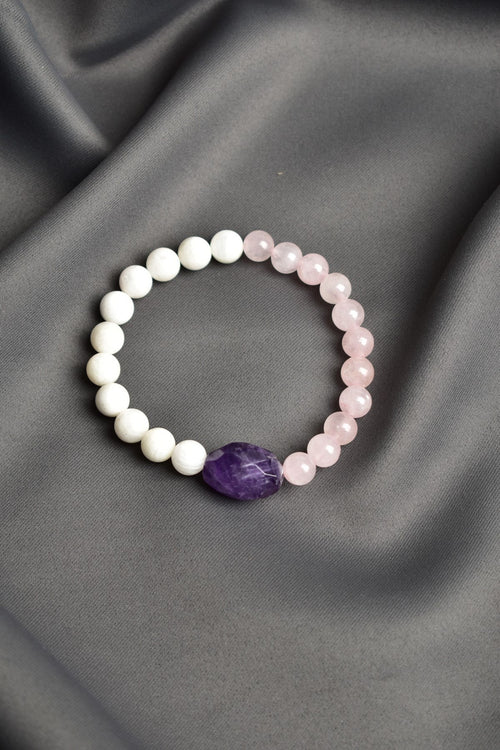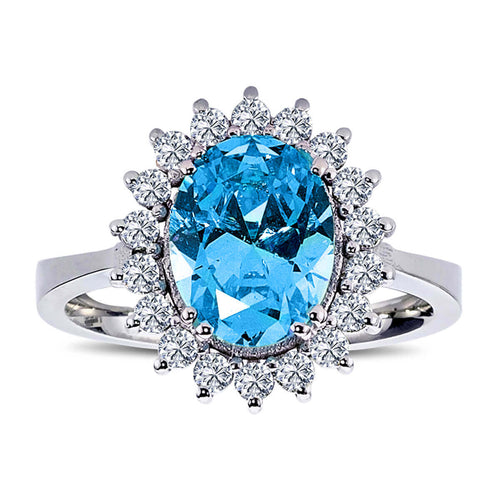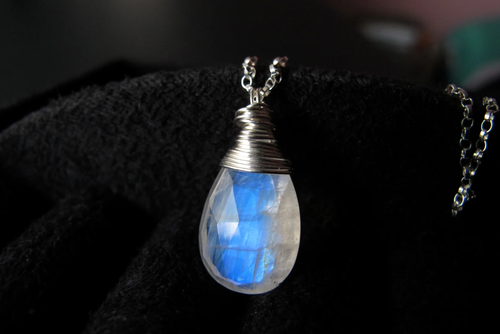ALL PRODUCTS IGSL INTERNATIONAL CERTIFIED
Moonstone is a precious feldspar mineral known for its pearl-like luster and mystical blue and white light effects. This article examines where Moonstone is mined, its mineral structure, areas of use and price differences.
Where is Moonstone Extracted?
Moonstone can be found in various regions around the world. The major moonstone deposits are located in Sri Lanka, India, Myanmar, Madagascar, Brazil, Australia and the USA. These regions are famous for high quality moonstone and contribute greatly to the world market.
- Sri Lanka: The best known and highest quality deposits of moonstone are found in this country.
- India: Southern India, particularly the Tamil Nadu and Kerala regions, has moonstone deposits.
- Myanmar: Another important region producing high quality moonstone.
- Madagascar: This island also has high-quality moonstone deposits.
- Brazil: The Minas Gerais region is an important source of many precious stones, including moonstone.
- Australia: This is another region where moonstone deposits are found.
- USA: Virginia, New Mexico and North Carolina are the main states where moonstone is mined.
Mineral Structure
Moonstone is composed of two feldspar minerals called orthoclase and albite, and its chemical formula is (KAlSi3O8 – NaAlSi3O8). The stone crystallizes in the orthorhombic crystal system and has a hardness of 6 - 6.5 on the Mohs hardness scale. Moonstone exhibits a characteristic pearlescent luster (adularescence) due to the way the thin layers within it reflect and refract light.
Areas of Use of Moonstone
Moonstone is widely used in various jewelry and ornaments due to its aesthetic and mystical properties. Here are some types of jewelry in which Moonstone is used:
- Necklace: Moonstone necklaces are popular jewelry that showcase the stone's unique pearl-like sheen.
- Ring: Moonstone rings are often used with precious metals such as silver or gold.
- Earrings: Moonstone earrings are among the jewelry that highlights the natural beauty of the stone.
- Bracelet: Moonstone bracelets are preferred accessories for both daily use and special occasions.
- Rosary: Moonstone rosaries are used for both spiritual and aesthetic purposes.
Price Differences
The price of Moonstone varies depending on a variety of factors. These factors include the stone's color, clarity, cut, carat weight, and source. Here are the main factors that affect Moonstone prices:
- Color and Luster: The most valuable moonstones are those with a distinct and homogeneous pearl-like luster. The intensity of color and quality of luster increase the value of the stone.
- Clarity: Moonstones that are clear and without internal inclusions are in greater demand and therefore sell for higher prices.
- Cut: Professionally cut and polished moonstones are more valuable because they reflect light better.
- Carat Weight: Larger and heavier moonstones generally command higher prices than smaller stones.
- Source: High-quality moonstones from areas such as Sri Lanka, India, and Myanmar are often more valuable than those from other sources.
Conclusion
Moonstone is a valuable natural stone with its pearl-like shine and mystical light effects. This stone, which is extracted from various regions around the world, is widely used in jewelry and ornaments with its aesthetic and mystical properties. Its chemical structure and physical properties make Moonstone a sought-after stone in jewelry making. Moonstone, whose price varies depending on color, clarity, cut, carat weight and source, has a valuable place both in jewelry making and in collections.



























